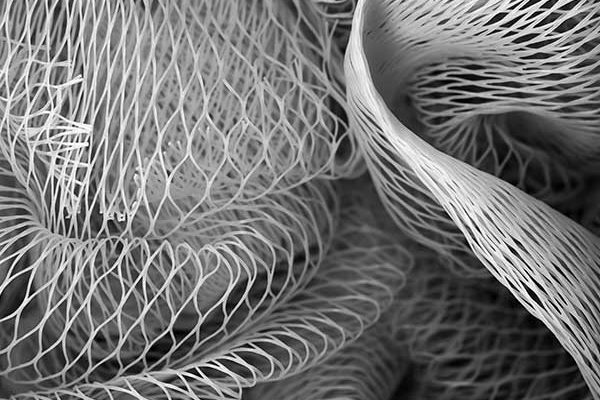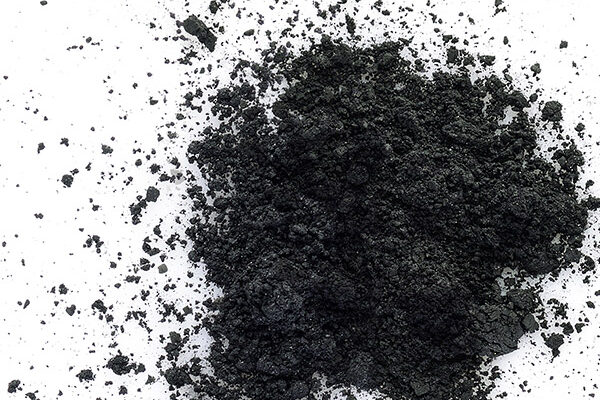A catalyst to electrocatalytically oxidise HMF (2-hydroxy methylfurfural) into FDCA (2,5-Furandicarboxylic acid).
Proposed use
This novel technology can upcycle waste biomass into valuable fine chemicals such as FDCA whilst co-generating green H₂. The high-purity FDCA can be used to produce virgin bio-based PEF (Polyethylene Furanoate) plastic. The clean H₂ can be used as a reactant or high-energy carrier in the chemical industry to help decarbonise the sector. PEF exhibits superior thermal, mechanical, and gas barrier properties compared to traditional oil-based plastics such as Polyethylene Terephthalate (PET).
Problem addressed
Over 9 billion tons of oil-based plastics have been produced to date, yet less than 10% have been recycled. Additionally, the CO2 emissions associated with plastic production are projected to surpass 2.8 Gt/year by 2050. To meet global UN sustainability goals, the UK urgently needs to reduce its reliance on oil-based plastics like PET. This technology addresses this pressing issue by using waste biomass to produce FDCA, offering a sustainable, low cost and carbon-neutral alternative to fossil fuels.
Current industrial methods for producing FDCA rely heavily on thermochemical processes that consume large amounts of organic solvents, expensive and toxic oxidising agents, and additional costly reagents for purification, leading to high process mass intensity. In contrast, the electrochemical oxidation of this technology operates in mild aqueous media and requires only simple filtration for purification. It employs a heterogeneous electrode in a flow cell setup, simplifying the purification of the desired products. The eco-friendly process of this technology is conducted at ambient temperature, eliminates the need for external oxidants, and coincidentally produces hydrogen gas, which can be harnessed as a clean energy source. This method not only addresses the inefficiencies and environmental burdens of traditional practices but also introduces an innovative approach to synthesising high-value chemicals more sustainably.
HMF (2-hydroxymethylfurfural) is an inexpensive and abundant carbohydrate derived from biomass (waste wood) that can be chemically oxidised to FDCA (a high-value chemical) in an alkaline electrolyte solution using electricity. We utilise a scalable, organic, and metal-free novel catalyst incorporating a TEMPO moiety. This allows for the electrocatalytic oxidation of HMF at pH 10, which is less alkaline compared to the metal oxide competitors on the market, such as the NiOOH anode at pH 14. This novel catalyst can be easily scaled up in a solvent-free synthesis and is extremely cost-effective. By using specialised variants of our organic catalyst, this technology can produce FDCA with a 45% Faradaic efficiency (FE) and FFCA at approximately 85% FE efficiency. Additionally, by utilising a range of other catalysts (NDI-TEMPO), the oxidation of HMF to FFCA can be selectively achieved. The electrochemical amination of FFCA allows us to synthesise AMFC, which can be polymerised into a polyamide similar to Kevlar.
Benefits
- Biomass oxidation products (such as FDCA) made from organic, cheap and sustainable metal-free catalysts.
- Novel catalysts can facilitate cheaper direct synthesis of FDCA.
- Produces H2 at lower energy density than commercial water electrolysis, saving significant electricity consumption.
- Mild reaction conditions (pH, temperature, and pressure), energy efficient, and entirely electrified.
- FDCA is produced in water and is driven by green electricity – highly resource efficient.
- Ultra-high purity FDCA (>99%) produced with no further purification needed.
- >80% conversion of HMF to FDCA using a reusable organic catalyst.
- This technology has potential uses in packing, textiles/clothing, film coating industries.
Intellectual property information
GB Priority Application (Number: 2400293.3)





